


Books in series

A Rebel War Clerk's Diary, Vol. 1
2009

The First Peacetime Draft
1986

America's First Black General
Benjamin O. Davis, Sr., 1880-1970
1989

Recruiting for Uncle Sam
Citizenship and Military Manpower Policy
1989

Soldiers and Scholars
The U.S. Army and the Uses of Military History, 1865-1920
1990

Bernard Brodie and the Foundations of American Nuclear Strategy
1991

MacArthur's ULTRA
Codebreaking and the War against Japan, 1942-1945
1991

The Origins of SDI 1944-1983
1992

Chemical Soldiers
British Gas Warfare in World War I
1992

An American Profession of Arms
The Army Officer Corps, 1784-1861
1992

Hitler's Japanese Confidant
General Ōshima Hiroshi and MAGIC Intelligence, 1941-1945
1993

Commanders in Chief
Presidential Leadership in Modern Wars
1993

The Draft, 1940-1973
1993

Uncertain Warriors
Lyndon Johnson and His Vietnam Advisors
1993

The Marine Corps' Search for a Mission, 1880-1898
1993

Voices from Captivity
Interpreteting the American POW Narrative
1994

D-Day 1944
1994

Battlefield Chaplains
Catholic Priests in World War II
1994

The Propaganda Warriors
America's Crusade Against Nazi Germany
1996

Stalin's Reluctant Soldiers
A Social History of the Red Army, 1925-1941
1996

Sharing Secrets with Stalin
How the Allies Traded Intelligence, 1941-1945
1996

Fighting with the Soviets
The Failure of Operation FRANTIC, 1944-1945
1997

Mobilizing for Modern War
The Political Economy of American Warfare, 1865-1919
1997

Over Lincoln's Shoulder
The Committee on the Conduct of the War
1998

For Courageous Fighting and Confident Dying
Union Chaplains in the Civil War
1998

Reporting Vietnam
Media and Military at War
1998

Tracking the Axis Enemy
The Triumph of Anglo-American Naval Intelligence
1998

Warmaking and American Democracy
The Struggle over Military Strategy, 1700 to the Present
1999

Doniphan's Epic March
The 1st Missouri Volunteers in the Mexican War
1999

Secret Messages
Codebreaking and American Diplomacy, 1930-1945
2000

Hammer and Rifle
The Militarization of the Soviet Union, 1926-1933
2000

Victory in Europe, 1945
From World War to Cold War
2000

Black Prisoner of War
A Conscientious Objector's Vietnam Memoir
2000

Tom Taylor's Civil War
2000

Lee, Grant and Sherman
A Study in Leadership in the 1864-65 Campaign
2000

Hitler's Northern War
The Luftwaffe's Ill-Fated Campaign, 1940-1945
2001

Military Justice in America
The U.S. Court of Appeals for the Armed Forces, 1775-1980
2001

West Point
A Bicentennial History
2002

U.S. Army Special Warfare
Its Origins: Revised Edition
1982

Of Spies and Lies
A CIA Lie Detector Remembers Vietnam
2002

Dear Catharine, Dear Taylor
The Civil War Letters of a Union Soldier and his Wife
2002

Civilian in Peace, Soldier in War
The Army National Guard, 1636-2000
2003

In the Shadow of the Holocaust
Nazi Persecution of Jewish-Christian Germans
2003

A Fraternity of Arms
America and France in the Great War
2003

The Vietnam War Files
Uncovering the Secret History of Nixon Era Strategy
2003

Inside the Pentagon Papers
2004

Arsenal of World War II
The Political Economy of American Warfare, 1940-1945
2004

The GI's Rabbi
World War 2 Letters Of David Max Eichhorn
2004

FDR and the Soviet Union
The President's Battles over Foreign Policy
2005

Sister in the Band of Brothers
Embedded with the 101st Airborne in Iraq
2005

Secret Weapons and World War II
Japan in the Shadow of Big Science
2005

Red Commanders
A Social History of the Soviet Army Officer Corps, 1918-1991
2005

The Kremlin and the High Command
Presidential Impact on the Russian Military from Gorbachev to Putin
2006

Military Justice in Vietnam
The Rule of Law in an American War
2006

Prelude to the Final Solution
The Nazi Program for Deporting Ethnic Poles, 1939-1941
2007

Patrolling Baghdad
A Military Police Company and the War in Iraq
2007

Churchill and His Generals
2007

Rumsfeld's Wars
The Arrogance of Power
2008

The Cold War U.S. Army
Building Deterrence for Limited War
2008

Kesselring's Last Battle
War Crimes Trials and Cold War Politics, 1945-1960
2009

Upton's Regulars
The 121st New York Infantry in the Civil War
2009

Allies against the Rising Sun
The United States, the British Nations, and the Defeat of Imperial Japan
2009

America's Captives
Treatment of POWs from the Revolutionary War to the War on Terror
2010

War with Mexico!
America's Reporters Cover the Battlefront
2010

Enduring Battle
American Soldiers in Three Wars, 1776-1945
2011

Reconstructing Iraq
Regime Change, Jay Garner, and the ORHA Story
2011

The Damned and the Dead
The Eastern Front through the Eyes of the Soviet and Russian Novelists
2011

War's Desolating Scourge
The Union's Occupation of North Alabama
2012

The North African Air Campaign
U.S. Army Forces from El Alamein to Salerno
2012

Devil Dogs Chronicle
Voices of the 4th Marine Brigade in World War I
2013

Holocaust versus Wehrmacht
How Hitler's "Final Solution" Undermined the German War Effort
2014

Planning War, Pursuing Peace
The Political Economy of American Empire, 1920-1939
1998

General Lesley J. McNair
Unsung Architect of the U. S. Army
2015

A Rebel War Clerk's Diary at the Confederate States Capital
Vol 2
1866

Harlem's Rattlers and the Great War
The Undaunted 369th Regiment and the African American Quest for Equality
2014

Russia's Sisters of Mercy and the Great War
More Than Binding Men's Wounds
2015

A Yankee Ace in the RAF
The World War I Letters of Captain Bogart Rogers
1996

MacArthur's Korean War Generals
2016

Vietnam's High Ground
Armed Struggle for the Central Highlands, 1954-1965
2016

Battle for Belorussia
The Red Army's Forgotten Campaign of October 1943 - April 1944
2016

Stalin's World War II Evacuations
Triumph and Troubles in Kirov
2017

A Military History of Afghanistan
From the Great Game to the Global War on Terror
2017

Inglorious Passages
Noncombat Deaths in the American Civil War
2017

The Salvadoran Crucible
The Failure of U.S. Counterinsurgency in El Salvador, 1979-1992
2017

Operation Don's Main Attack
The Soviet Southern Front's Advance on Rostov, January-February 1943
2018
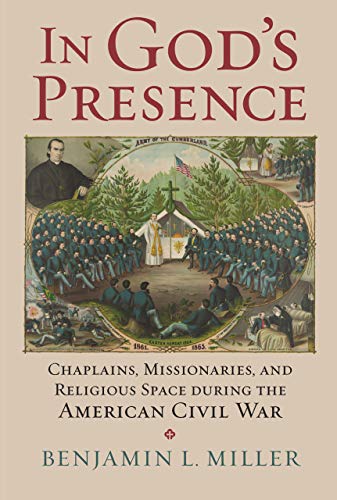
In God's Presence
Chaplains, Missionaries, and Religious Space during the American Civil War
2019

Beyond Pearl Harbor
A Pacific History
2019
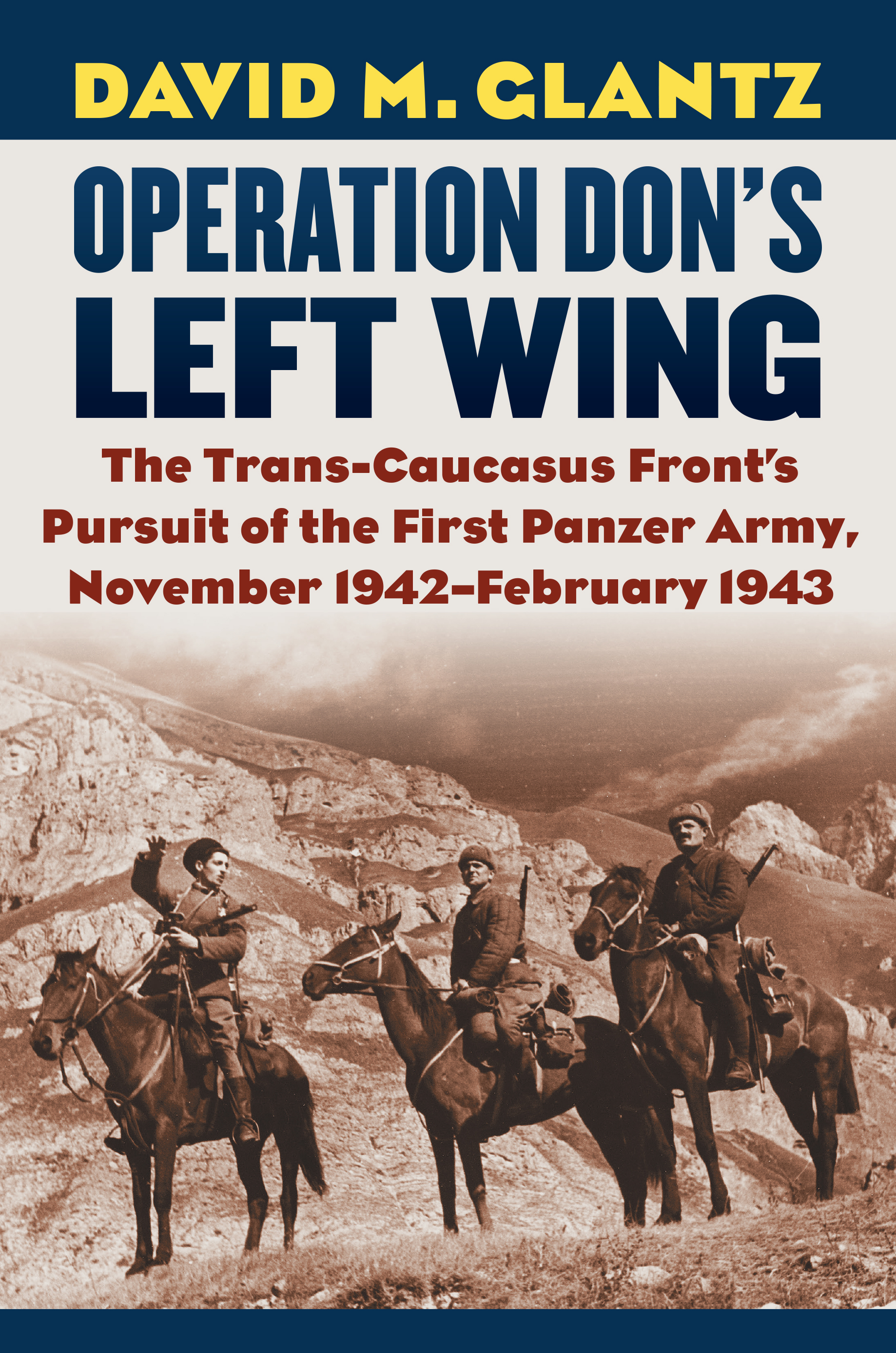
Operation Don's Left Wing
The Trans-Caucasus Front's Pursuit of the First Panzer Army, November 1942-February 1943
2019

The Vietnam Veterans Memorial at Angel Fire
War, Remembrance, and an American Tragedy
2020

Nature's Army
When Soldiers Fought for Yosemite
2001

Defense Engagement since 1900
Global Lessons in Soft Power
2020
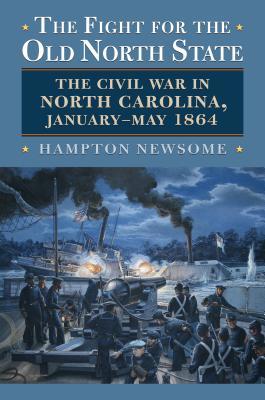
The Fight for the Old North State
The Civil War in North Carolina, January-May 1864
2019
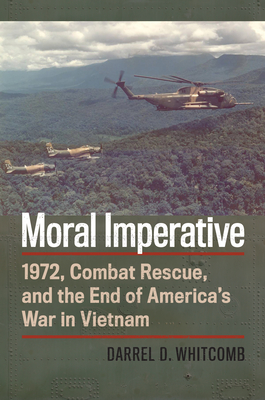
Moral Imperative
1972, Combat Rescue, and the End of America's War in Vietnam
2020
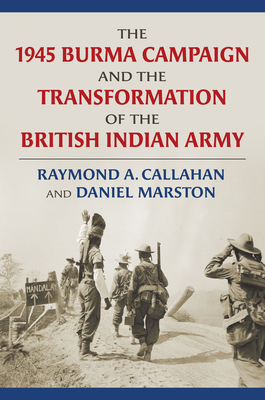
The 1945 Burma Campaign and the Transformation of the British Indian Army
2021

Hitler's Generals on Trial
The Last War Crimes Tribunal at Nuremberg
2010

Useful Captives
The Role of POWs in American Military Conflicts
2021
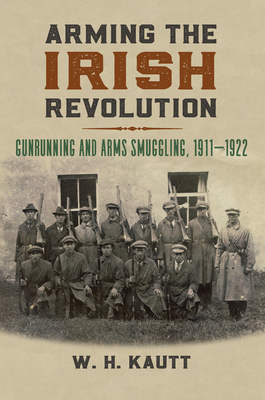
Arming the Irish Revolution
Gunrunning and Arms Smuggling, 1911– 1922
2021

Diplomat in Khaki
Major General Frank Ross McCoy and American Foreign Policy, 1898-1949
1989
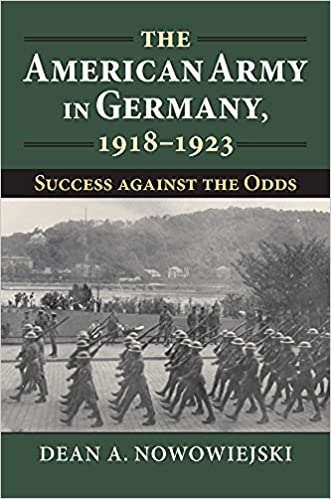
The American Army in Germany, 1918-1923
Success against the Odds
2021
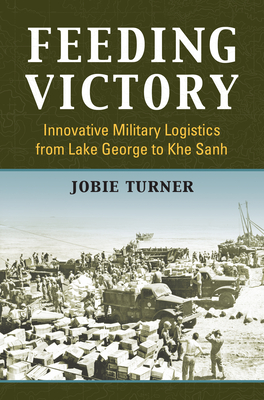
Feeding Victory
Innovative Military Logistics from Lake George to Khe Sanh
2020
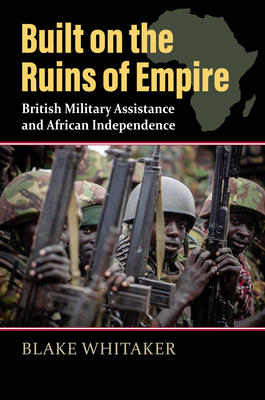
Built on the Ruins of Empire
British Military Assistance and African Independence
2022

General Walter Krueger
Unsung Hero of the Pacific War
2007

Awaiting MacArthur's Return
World War II Guerrilla Resistance against the Japanese in the Philippines
2022
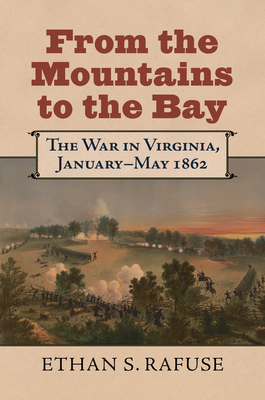
From the Mountains to the Bay
The War in Virginia, January-May 1862
2022
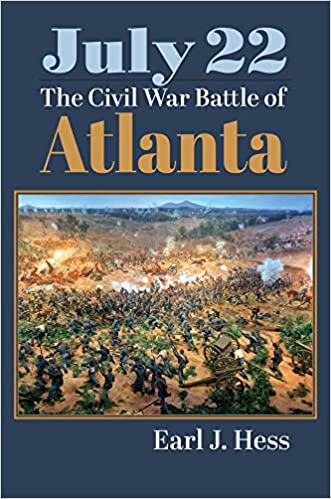
July 22
The Civil War Battle of Atlanta
2023

The Vietnam War from the Rear Echelon
An Intelligence Officer's Memoir, 1972-1973
2011
Real Soldiering
The US Army in the Aftermath of War, 1815-1980
2023
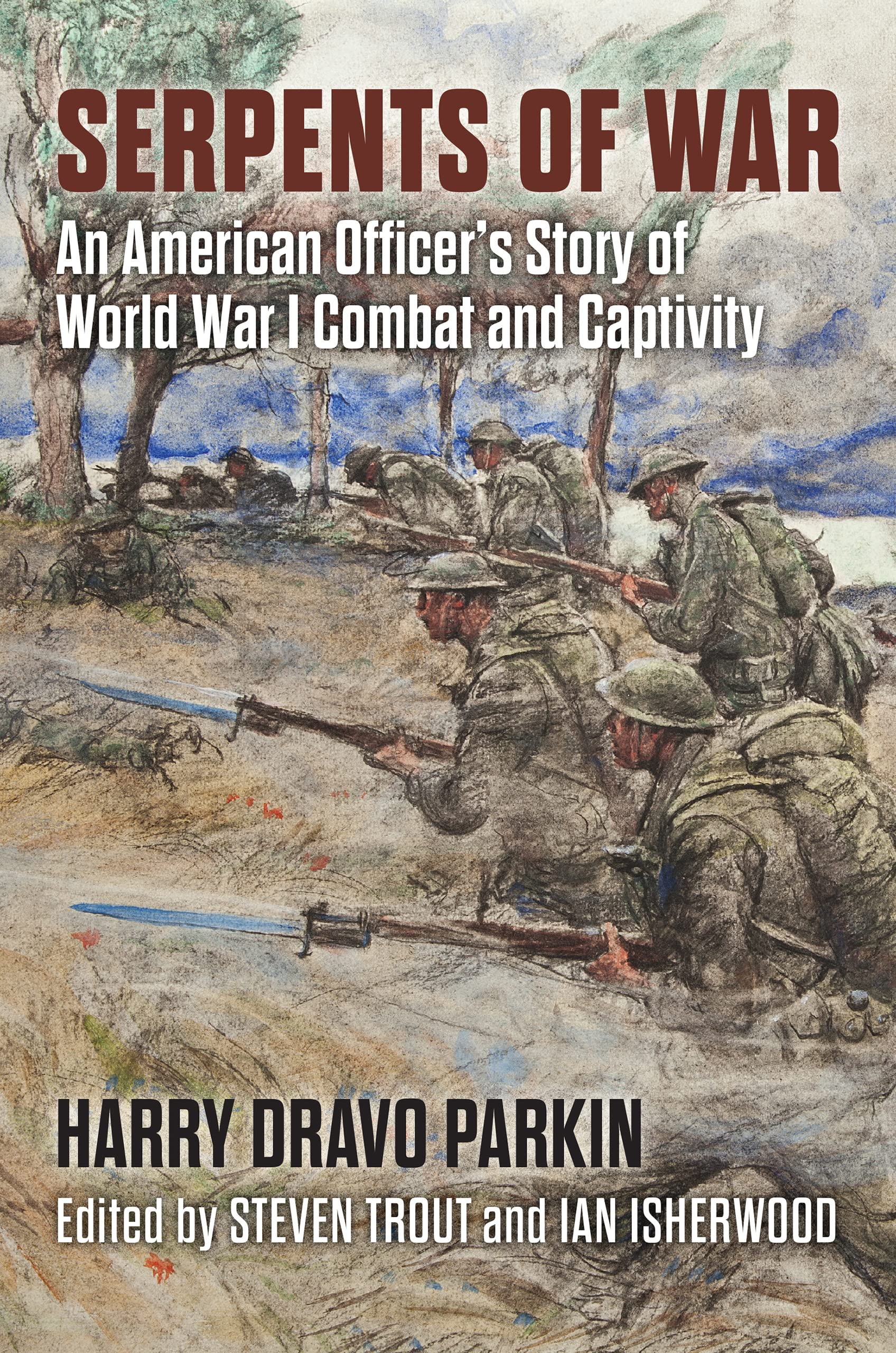
Serpents of War
An American Officer's Story of World War I Combat and Captivity
2023

The Inland Campaign for Vicksburg
Five Battles in Seventeen Days, May 1-17, 1863
2024

A Debt of Gratitude
How Jimmy Carter Put Vietnam Veteran's Issues on the National Agenda
2024

Spetsnaz
A History of the Soviet and Russian Special Forces
2024
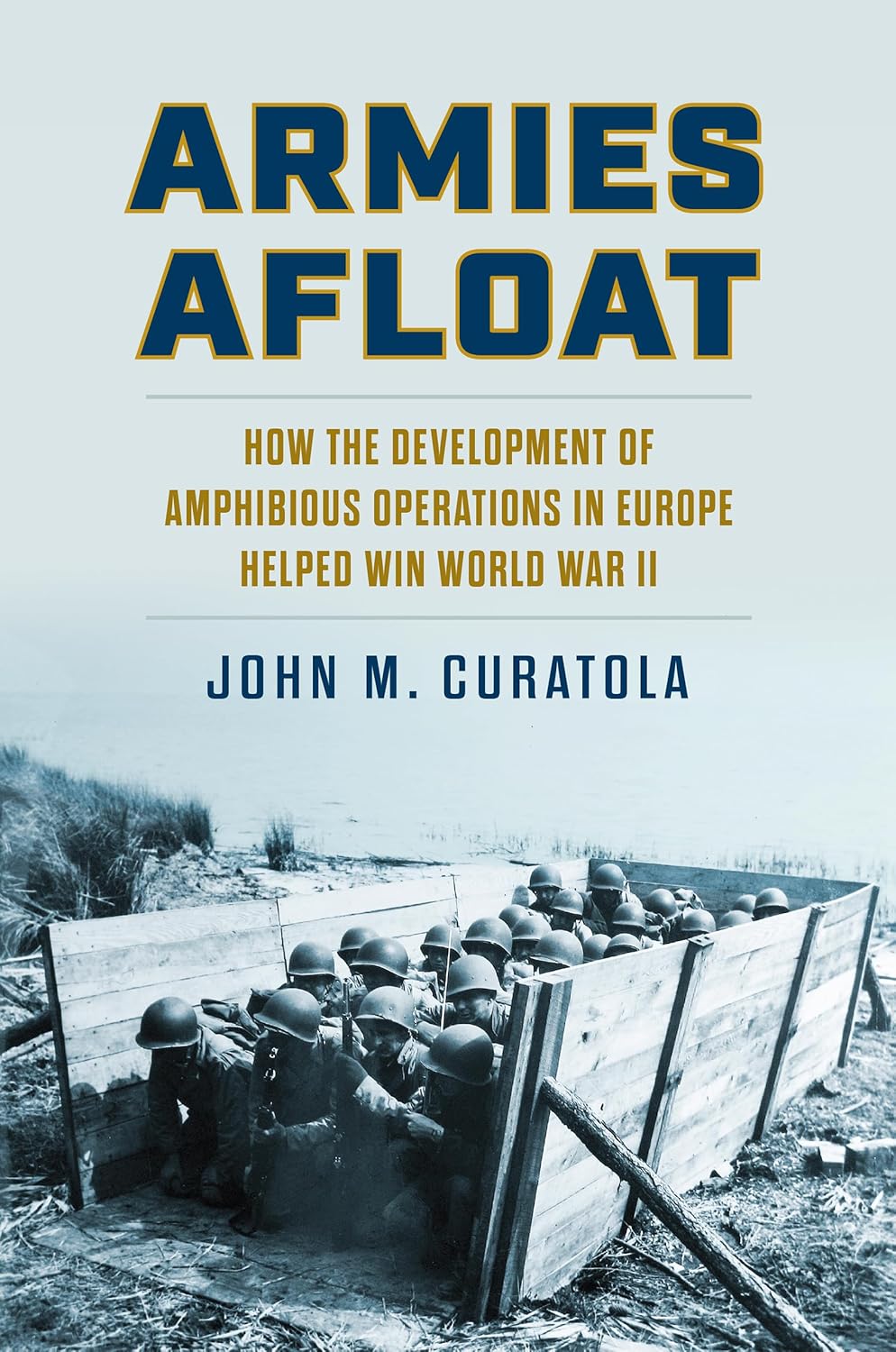
Armies Afloat
How the Development of Amphibious Operations in Europe Helped Win World War II
2025
Framing the First World War
How Divergent Views Shaped a Global Conflict
2025

Richmond Views the West
Politics and Perceptions in the Confederate Capital
2025
Authors
Michael D. Doubler served twenty-three years on active duty as a Regular Army and full-time Army National Guard officer. He retired at the rank of Colonel. He is a graduate of the U.S. Military Academy at West Point, New York and holds a doctorate degree in military history from The Ohio State University. In his early military assignments, he served in command and staff positions in armor and infantry units in the United States and in Europe. From 1985-1988, he taught military history as a faculty member of the Department of History at West Point. He was assigned to the Army National Guard Directorate in Washington, D.C. during 1988-2000, serving in the force structure, mobilization, and readiness functional areas and as a speechwriter for the Chief, National Guard Bureau. His service as a full-time Army National Guard officer began in 1991 and was completed with his retirement in 2000. Doubler is previously the author of Closing With the Enemy: How GIs Fought the War in Europe, 1944-1945 that won the Eisenhower Center’s Forrest C. Pogue Prize in 1994 and the New York Military Affairs Symposium Award for “Best Book” in 1995. He is also the author of Civilian in Peace, Soldier in War: The Army National Guard, 1636-2000, which has been hailed as the definitive history of the Army Guard. His latest book, The National Guard: An Illustrated History of America’s Citizen Soldiers, was released by Brassey’s, Inc. in 2003. At present, he is completing a book on the American Civil War. Colonel Doubler has appeared on several national news venues and is a frequent commentator on The History Channel. He is a member of the Board of Directors of the National Guard Educational Foundation. He currently resides in Alexandria, Virginia
J.B. (John Beauchamp) Jones was a writer whose books enjoyed popularity during the mid 19th century. Jones was a popular novelist (particularly of the American West and the American South) and a well-connected literary editor and political journalist in the two decades leading up to the American Civil War. During the American Civil War, Jones worked as a clerk in the Confederate War Department in Richmond (VA). Following the war, Jones moved to New Jersey, where he died the following year.
A specialist in Japanese military history, Edward John Drea graduated from Canisius College in Buffalo, in 1965. After service in the United States Air Force, Drea entered the Sophia University in Tokyo in 1971, where he earned a Master of Arts (M.A.) degree. He was awarded a Japanese ministry of education dissertation fellowship, which allowed him to gain a Doctor of Philosophy (PhD) in modern Japanese history from the University of Kansas in 1978. Drea joined the Combat Studies Institute of the Command and General Staff College in Fort Leavenworth, Kansas in 1975, and became the head of the Research and Analysis Department at the US Army Center for Military History in Washington, D.C. He also taught at United States Army War College.

David M. Glantz is an American military historian and the editor of The Journal of Slavic Military Studies. Glantz received degrees in history from the Virginia Military Institute and the University of North Carolina at Chapel Hill, and is a graduate of the U.S. Army Command and General Staff College, Defense Language Institute, Institute for Russian and Eastern European Studies, and U.S. Army War College. He entered active service with the United States Army in 1963. He began his military career in 1963 as a field artillery officer from 1965 to 1969, and served in various assignments in the United States, and in Vietnam during the Vietnam War with the II Field Force Fire Support Coordination Element (FSCE) at the Plantation in Long Binh. After teaching history at the United States Military Academy from 1969 through 1973, he completed the army’s Soviet foreign area specialist program and became chief of Estimates in US Army Europe’s Office of the Deputy Chief of Staff for Intelligence (USAREUR ODCSI) from 1977 to 1979. Upon his return to the United States in 1979, he became chief of research at the Army’s newly-formed Combat Studies Institute (CSI) at Fort Leavenworth, Kansas, from 1979 to 1983 and then Director of Soviet Army Operations at the Center for Land Warfare, U.S. Army War College in Carlisle, Pennsylvania, from 1983 to 1986. While at the College, Col. Glantz was instrumental in conducting the annual "Art of War" symposia which produced the best analysis of the conduct of operations on the Eastern Front during the Second World War in English to date. The symposia included attendance of a number of former German participants in the operations, and resulted in publication of the seminal transcripts of proceedings. Returning to Fort Leavenworth in 1986, he helped found and later directed the U.S. Army’s Soviet (later Foreign) Military Studies Office (FMSO), where he remained until his retirement in 1993 with the rank of Colonel. In 1993, while at FMSO, he established The Journal of Slavic Military Studies, a scholarly journal for which he still serves as chief editor, that covers military affairs in the states of Central and Eastern Europe as well as the former Soviet Union. A member of the Russian Federation’s Academy of Natural Sciences, he has written or co-authored more than twenty commercially published books, over sixty self-published studies and atlases, and over one hundred articles dealing with the history of the Red (Soviet) Army, Soviet military strategy, operational art, and tactics, Soviet airborne operations, intelligence, and deception, and other topics related to World War II. In recognition of his work, he has received several awards, including the Society of Military History’s prestigious Samuel Eliot Morrison Prize for his contributions to the study of military history. Glantz is regarded by many as one of the best western military historians of the Soviet role in World War II.[1] He is perhaps most associated with the thesis that World War II Soviet military history has been prejudiced in the West by its over-reliance on German oral and printed sources, without being balanced by a similar examination of Soviet source material. A more complete version of this thesis can be found in his paper “The Failures of Historiography: Forgotten Battles of the German-Soviet War (1941-1945).” Despite his acknowledged expertise, Glantz has occasionally been criticized for his stylistic choices, such as inventing specific thoughts and feelings of historical figures without reference to documented sources. Glantz is also known as an opponent of Viktor Suvorov's thesis, which he endeavored to rebut with the book Stumbling Colossus. He lives with his wife Mary Ann Glantz in Carlisle, Pennsylvania. The Glantzes' daughter Mary E. Glantz, also a historian, has written FDR And The Soviet Union: The President's Battles Over Forei

Andrew J. Bacevich, a professor of history and international relations at Boston University, retired from the U.S. Army with the rank of colonel. He is the author of Washington Rules: America's Path to Permanent War and The Limits of Power: The End of American Exceptionalism and The New American Militarism. His writing has appeared in Foreign Affairs, The Atlantic Monthly, The Nation, The New York Times, The Washington Post, and The Wall Street Journal. He holds a Ph.D. in American Diplomatic History from Princeton University, and taught at West Point and Johns Hopkins University prior to joining the faculty at Boston University in 1998. He is the recipient of a Lannan Award and a member of the Council on Foreign Relations. http://us.macmillan.com/author/andrew...
Alfred Burne was educated at Winchester School and RMA Woolwich, before being commissioned into the Royal Artillery in 1906. He was awarded the DSO during the First World War and, during World War II, was Commandant of the 121st Officer Cadet Training Unit. He retired as a Lieutenant-Colonel. He was Military Editor of Chambers Encyclopedia from 1938 to 1957 and became an authority on the history of land warfare. He was a contributor to the Oxford Dictionary of National Biography. Burne lived in Kensington and his funeral was held at St Mary Abbots there.

David Stone, director of the Institute for Military History and 20th Century Studies, is the Pickett professor of military history at Kansas State University and an award-winning author. He specializes in Russia and the Soviet Union, South Asia and military history. Stone's first book, "Hammer and Rifle: The Militarization of the Soviet Union, 1926-1933," was a selection of the History Book Club. It also was named the winner of the 2001 inaugural Best First Book prize of the Historical Society and was co-winner of the 2001 Shulman Prize of the American Association for the Advancement of Slavic Studies. In 2006 he published "A Military History of Russia: From Ivan the Terrible to the War in Chechnya," and was named one of America's top young historians by the History News Network. He was editor of the 2010 book, "The Soviet Union at War, 1941-1945." He also is the author of more than 24 articles and book chapters on Russian/Soviet military history and foreign policy. His current research includes Leon Trotsky and his role in the creation of the Soviet army, international finance and the collapse of the Soviet system, and the Soviet military in the run-up to World War II. Stone earned a doctorate in history from Yale University and bachelor's degrees in history and mathematics from Wabash College. He joined K-State in 1999. He has been recognized for his teaching with the 2001 K-State Presidential Award for Excellence in Undergraduate Teaching.

